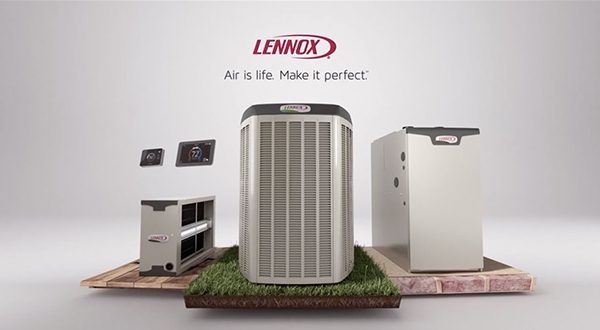Please note that the data provided by the tool is for reference only. Actual savings will depend on the customer’s specific usage patterns.*
GTA Leading provider of heating, cooling, and water heating and treatment needs for over 15 years.
A furnace is a heating unit that works by generating and distributing heated air throughout your home. It is one of the oldest types of heating systems still in use today for both residential homes and commercial buildings. Older versions were powered by coal and wood versus today’s modern versions, which burn natural gas, propane, and electricity to produce heat.
The various types of furnaces differ in how they work— single-stage, two-stage, variable speed. While the basic operation remains the same, these have specific characteristics, costs, and efficiency ratings.

A single-stage furnace means that the valve supplying the burner with gas only has two settings during operation, on full blast and off. They are known as single-speed furnaces because as the name suggests, they work on a single speed. They continuously distribute heated air in the environment at the furnace’s maximum capacity.
Two-stage furnaces utilize a three-position valve that is much more efficient than its single-stage counterpart. The valve settings are on, partially closed, and closed. Therefore, they work at two speeds and operate much more efficiently. The first stage (partially closed state) runs at a 65% capacity and works comfortably in colder climates. And when the temperature drops and stage one heating is not sufficient it switches to stage two heating (on or full blast state) for additional heat. Two-stage furnaces are the most common furnace types used in homes due to their higher energy efficiency model.
Variable speed furnace does not refer to the furnace working at different speeds to achieve desired temperatures, but it rather refers to the blower’s motor/fan speed of the furnace. As the fan is adjustable, it the needed heat to dissipate in the environment by saving your energy costs.
A fully functioning gas furnace works on natural gas. The natural gas is ignited in the furnace providing heat in the environment and this heat can be controlled by an external thermostat. Gas furnaces are the most common heating unit of an HVAC system and are usually paired with a central air conditioner unit installation. They can last between 15 to 20 years.
Several factors are needed to determine which furnace system is right for your home such as average temperature, costs, the top furnace brands, square footage, and insulation values.
A two-stage furnace is well worth the additional costs over a single-stage system. You must determine, based on your needs, whether it is suited for you and your budget. ICare Home Comfort can help you with this decision by performing a thorough inspection and evaluation of your home. We can also point out any deficiencies around your home such as Attic insulation, Air Sealing as well as necessary upgrades to improve your home’s heating and cooling efficiency. With this HVAC guide, you should now know how a furnace works and how to find the best heating unit for your home.
GTA Leading provider of heating, cooling, and water heating and treatment needs for over 15 years.

Get 5% off when you sign up for emails with savings and tips.
© 2024 ICARE HOME COMFORT INC. Design by Tensor Canada | Privacy Policy | Terms and Conditions